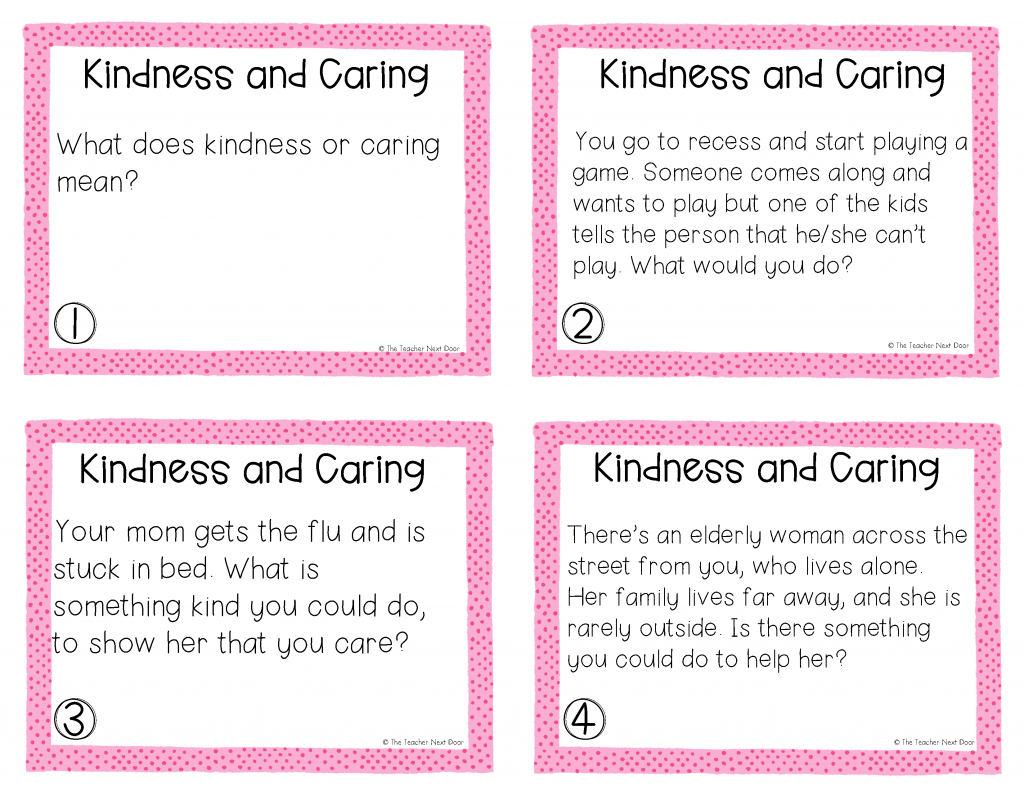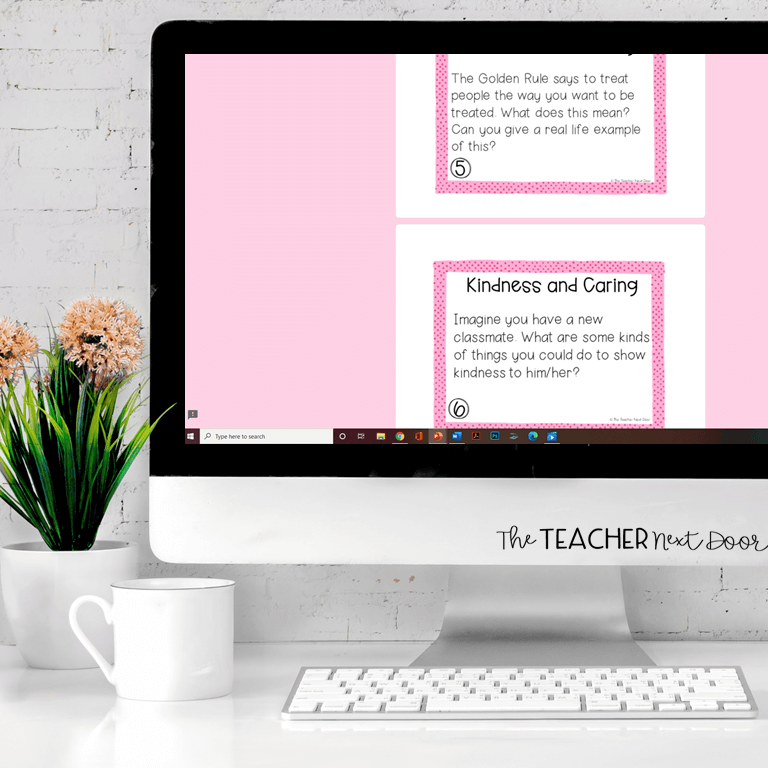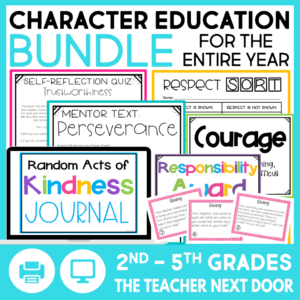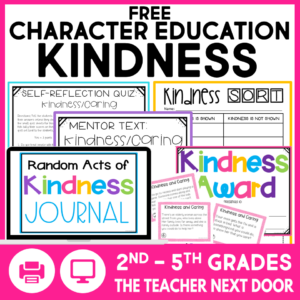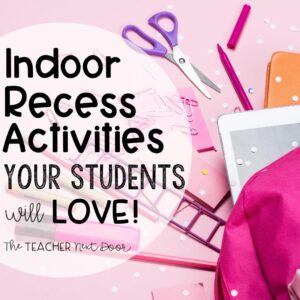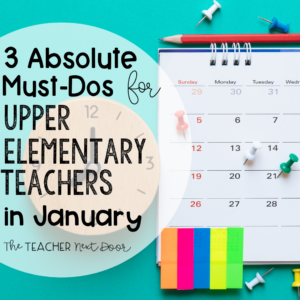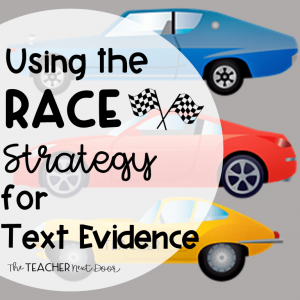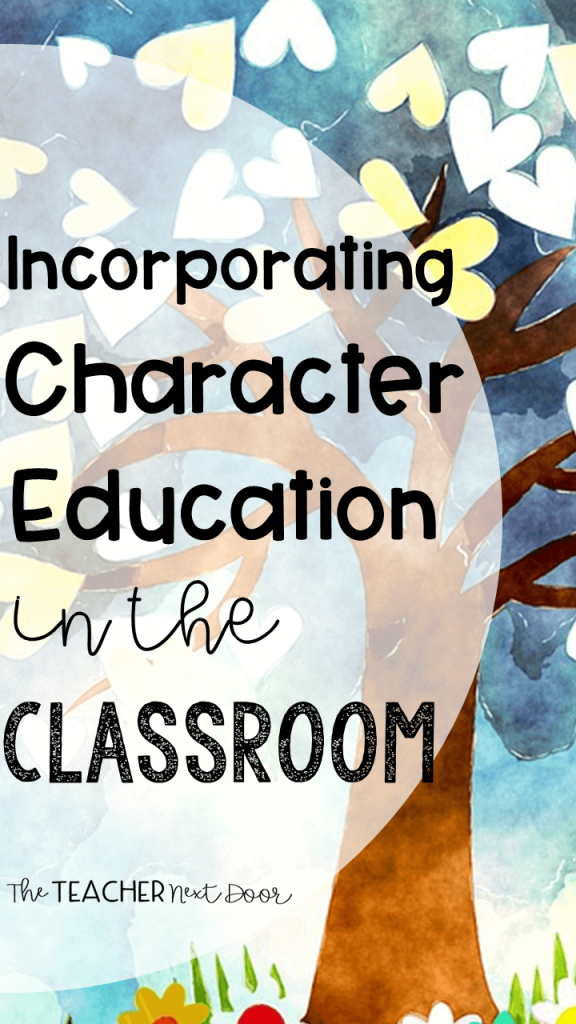
When Edutopia asked teachers if they only had a single day to teach, what they would teach… the results didn’t surprise me a bit. No one responded that they would teach long division, linking verbs, or even the weather. Almost every teacher mentioned things like caring, respect, gratitude, and so on.
If we all feel so strongly that character education is what we want to be teaching, it must be important enough for us to somehow fit it in, even in a high stakes testing era.
So, how do I teach Character Education? I do it in 5 steps:
1. Model Positive Character Traits
I would never expect my kids to learn kindness if I didn’t display it myself. If I want them to be respectful, I need to be respectful of them as well. This day to day modeling of the traits that we want them to have is really key. It serves as a base for the direct lessons that we do in the classroom.

2. Use Morning Meetings to Teach Character Traits
Morning meetings are the perfect time to teach character education traits. In one corner of my classroom we have a futon and a few cozy chairs, and my kids love to take turns sitting on these, with the rest of the kids gathered around, sitting on the floor. We call this our meeting area.
We generally meet about 15 – 20 minutes a time, four to five times a week. At our morning meetings, we do a quick share out time, where kids are able to tell us a News of the Day event from their lives and then we focus on whatever character trait we’re working on for the month.
I usually start by reading a mentor text to the kids, and then we discuss how the character trait was or wasn’t shown in the story. After that, we may play a game, do a role play, or do some other activity related to the character trait, depending upon our time.
3. Do Activities to Reinforce the Character Traits
There are lots of things you can do to reinforce the character traits. Role playing is something my kids love, and I sometimes choose small groups to do a mini-skit of either a good or a bad example of the character trait of the month. Discussing scenarios together is another way kids can get involved.
My Character Education Kit comes with 32 scenarios on task cards for each of the character traits we do but of course, you could make your own. I find that kids really like to share their ideas and this is a great time for them to really think about real-life situations and how they should react when faced with different challenges.
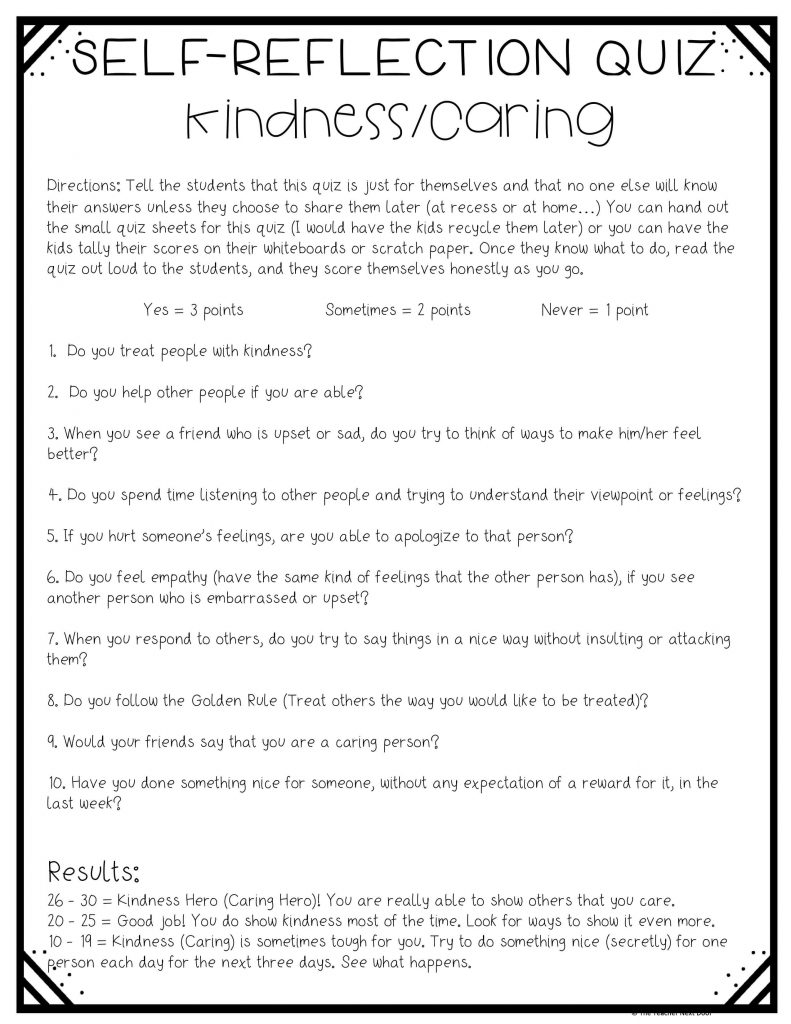
Self-reflective quizzes are one of my favorite quick activities and are also included in my Character Education Kits. I tell my students that these quizzes are confidential and that no one will know what they write down but that they should be very honest with themselves when they take these.
These quizzes are a great way for the kids to evaluate how they are doing in relation to the character trait we’re working on. Once they tally their scores and I tell them what a particular range of scores means (from Awesome to _______ is sometimes difficult to you), the kids recycle their results, so no one sees it but themselves. Great self-awareness activity.
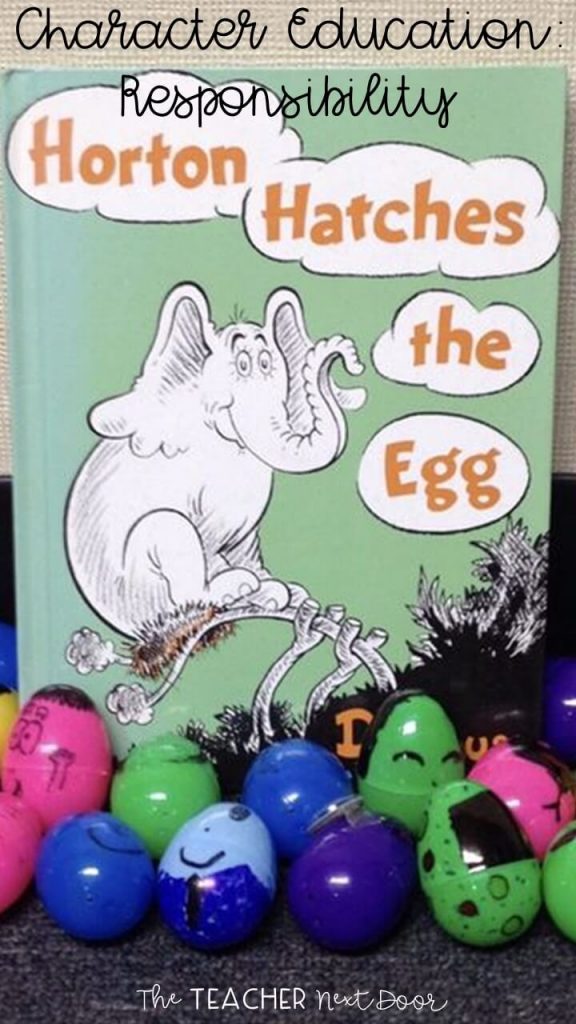
4. Do Object Lessons
One of the most powerful things we can do to teach character education is to include object lessons that reinforce the traits. For example, when I teach responsibility, we read Horton Hatches the Egg by Dr. Seuss. Then I give each child a plastic Easter Egg (which they decorate like a person), and their job is to take care of the egg for 24 hours! A true life lesson and one they don’t forget.
When we do fairness, we read Mr. Peabody’s Apples by Madonna, and I bring in apples, but not enough for the whole class (purposefully). I tell the kids that only those with glasses will get the apples or only the girls, or only the kids who wore sandals to school…
Finally, after some discussion and with such passion on their earnest little faces, we come to the conclusion that this wouldn’t be fair. So, we divide the apples evenly and everyone gets an equal amount and is happy… and has learned a great lesson in treating others fairly to boot.
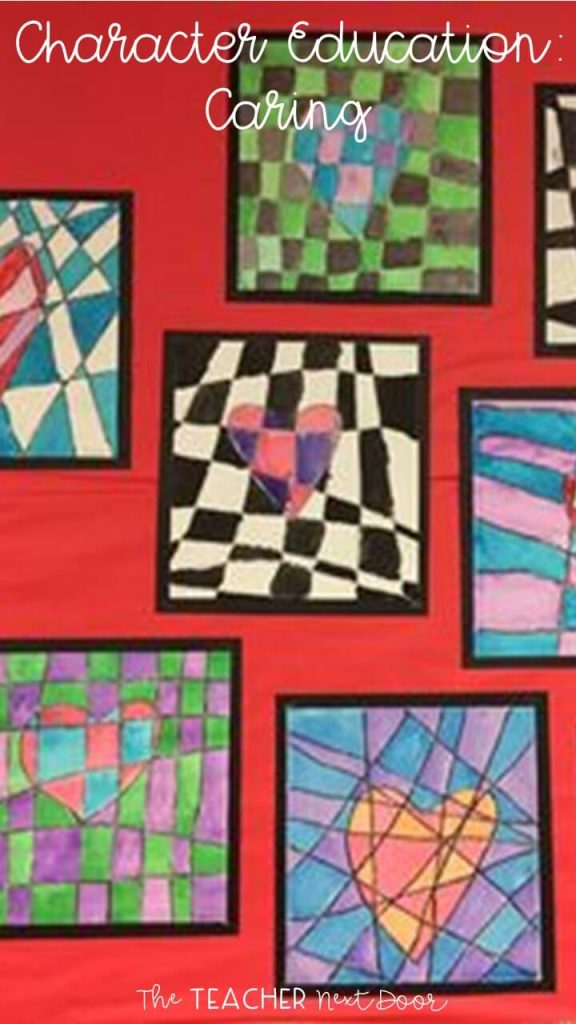
5. Incorporate Art
Art is one of my favorite things to incorporate in the classroom, no matter what I’m teaching. Character Education lends itself nicely to art projects.
For caring, for example, there are a million heart projects on Pinterest that you could adapt for this purpose. We did the checkerboard hearts in the picture above.
Another way you can add art is as a springboard from one of the mentor texts you read. For example, if you read Elmer by David McKee, which I love to use for Respect, you could easily have the kids do a watercolor picture of a multi-colored elephant, just like Elmer. Label the bulletin board ‘Respect” or Remembering to Respect”, and you have a really cute board as well as a reminder to the kids of the respect lesson that you did together.
Another thing I use in my classroom is the Character Education Kit, which has an entire year’s worth of activities and lessons:
Want to try a whole month for free? Here’s a Kindness/Caring Unit that I would love to share with you. You can download it at my store:
Making a difference in the world is one of the main reasons many of us became teachers and purposefully teaching character traits is one way we can do this! When we intentionally teach to the heart, as well as to the head, we can make a difference in the lives of our students.
Want to read more about how I do Morning Meetings?
Morning Meetings in the Classroom
Interested in making your Morning Routines more effective?
5 Tips for Effective Morning Routines
Thanks for stopping by!


